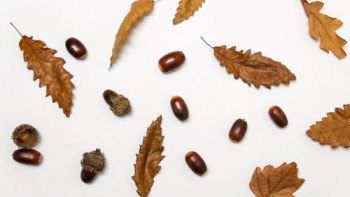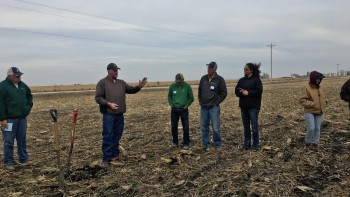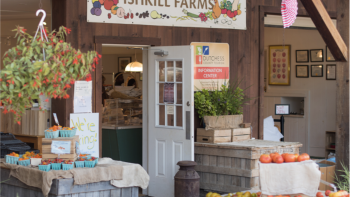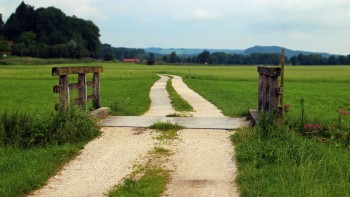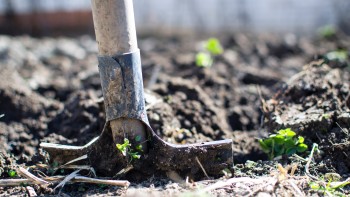Claire Huntley Lafave
Claire is passionate about investing in farmers and natural resource managers to help them transition to regenerative and climate-friendly practices. She is currently working as a Manager of Client Strategy for Native, a carbon project developer based in Burlington, helping to expand their regenerative agriculture offerings. She holds a B.A. in English and Environmental Studies from Williams College and an M.B.A. and Master of Environmental Management from the Yale School of Management and the Yale School of Environment. In her free time, Claire loves to hike, rock climb, practice yoga, and garden.aire managed farm-to-school programming at three public schools on Martha’s Vineyard, worked on a variety of small farms across the continent, and taught at a project-based school in the Bay Area.
Claire graduated from Williams College with a degree in English and Environmental Studies. In her free time, she loves to hike and rock climb, practice yoga, and garden.
